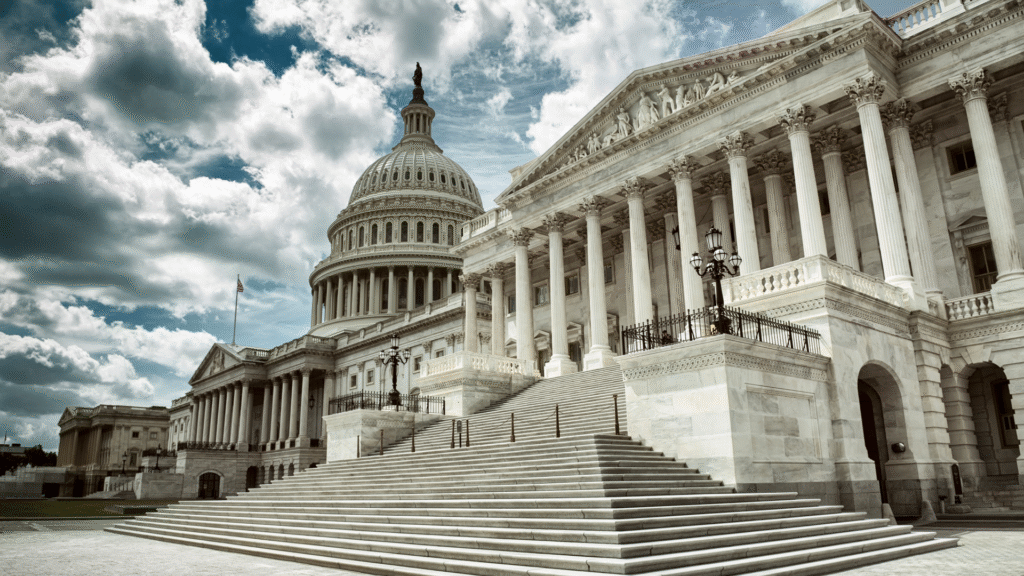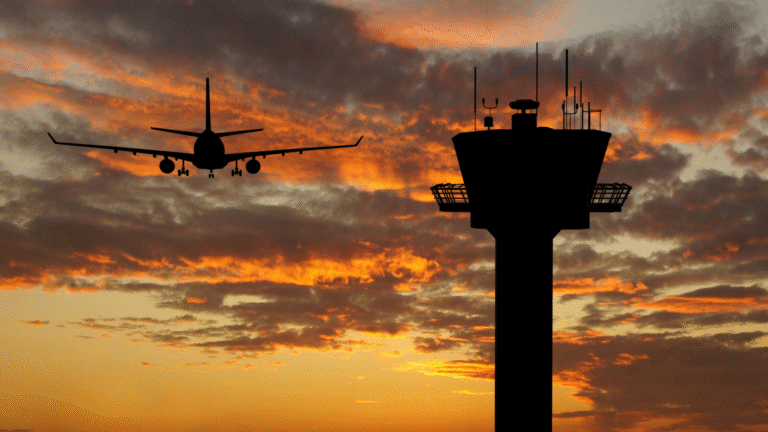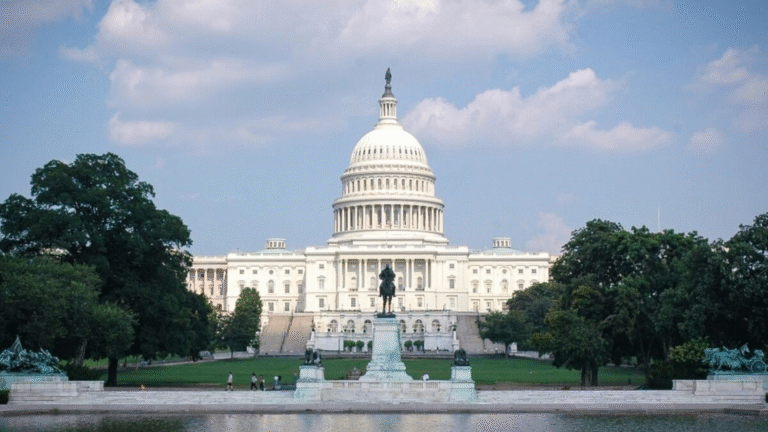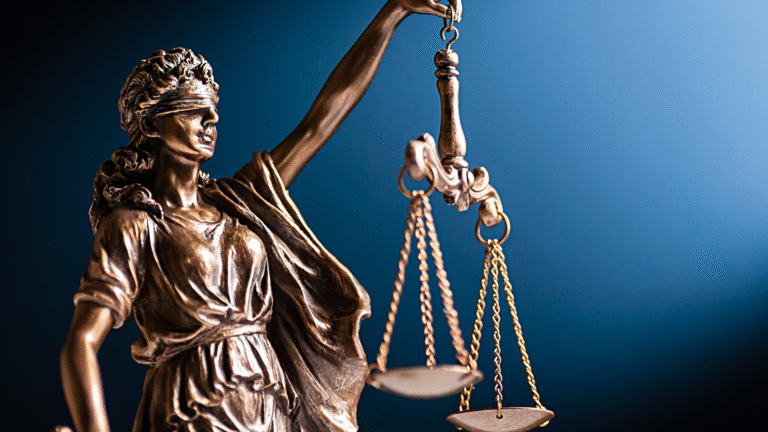Israel-Hamas Ceasefire & the 20-Point Peace Plan
Israel and Hamas are living in a ceasefire that looks nothing like peace. One month after President Trump declared the war “over,” Gaza is still being hit by airstrikes, Israeli troops are digging in deeper, and the ambitious 20-point plan meant to reshape the territory has stalled at its very first step.
Half of Gaza is now under Israeli military control, the other half is ruled by Hamas, and two million Palestinians remain trapped in a landscape of rubble, hunger, and uncertainty as winter approaches. What began as a pledge to usher in a “new era of peace” has instead exposed how fragile the agreement is—and how far the region still is from a real resolution.
Gaza Ceasefire Holds—Barely—as Delays, Airstrikes, and Political Pressures Stall the 20-Point Peace Plan
One month after the Trump administration announced that Israel and Hamas had agreed to a ceasefire intended to end a two-year war in Gaza, the delicate agreement remains technically intact—but only in the narrowest sense.
Israeli airstrikes have continued inside Gaza since the ceasefire took effect on October 8, creating a contradiction that has left many questioning what “ceasefire” truly means. The administration has insisted the deal will “launch a new era of peace,” with President Donald Trump declaring, “At long last, we have peace in the Middle East.” Yet the reality on the ground is far more fragile.
Despite ongoing waves of violence—including nights deadlier than many during the war—both Israel and Hamas maintain that the ceasefire is still in force. That mutual insistence has kept the agreement alive, even as implementation of the administration’s 20-point Gaza peace plan has slowed to a crawl.
A Ceasefire That Prevented a Full Occupation—But Left Huge Gaps
Just days before the ceasefire was announced, Israeli forces were on the verge of occupying all of Gaza City, and plans were underway to take control of the entire Gaza Strip. Palestinians were being forcibly displaced, and there were growing fears—fueled by rhetoric from members of Israel’s far-right governing coalition—that the population might be pushed out of the territory entirely.
The ceasefire immediately halted those plans. It froze the momentum toward a full occupation and prevented mass expulsion. But the agreement left major questions unresolved about Gaza’s governance, future security arrangements, reconstruction, and political leadership. Many of these issues were deferred to later phases of the plan—phases that are now struggling to materialize.
Phase 1: Progress on Hostages, but Stalled Returns and Insufficient Aid
Hostage Exchanges Complicated by Missing Bodies
The peace plan’s first phase was intended to be the simplest: Israel would receive all living hostages still in Gaza, and in return, Israel would release a set number of Palestinian detainees. Those exchanges occurred largely as planned.
Where the process broke down was in the required return of the bodies of deceased Israeli hostages. Hamas has returned most of them, but others remain trapped beneath rubble or in areas too dangerous to reach. Israel, however, has accused Hamas of deliberately withholding some remains, insisting that Hamas knows where they are. Because not all bodies have been returned, Israeli leadership argues that Phase 1 remains incomplete and refuses to begin Phase 2.
Humanitarian Aid: A Broken Promise of Immediate Relief
A surge of humanitarian aid was also supposed to arrive immediately. The need could not be more acute. Just months before the ceasefire, a famine had been declared in Gaza City and northern Gaza. Images of starving infants—“skin and bones”—had shocked the world, and deaths from hunger and malnutrition were rising daily.
While Israel says hundreds of trucks now enter Gaza each day, many carry commercial goods rather than relief supplies. Markets in some areas show greater variety, but United Nations agencies say food entering the territory is still nowhere near sufficient.
According to the UN:
- Gaza’s population continues to face severe hunger.
- One-fifth of residents report eating only one meal a day.
- Meat, eggs, fruits, and vegetables remain rare and expensive.
- Aid distribution is constrained because Israel has not opened more border crossings.
- Key internal routes remain closed, preventing trucks from moving freely inside Gaza.
Hamas argues that these bottlenecks violate the ceasefire terms. Israel counters that it is allowing aid at adequate levels. In reality, the aid shortfall has become one of the most urgent obstacles preventing progress.
Phase 2: Redrawing Gaza’s Security Landscape
Phase 2 of the peace plan would fundamentally reshape Gaza’s security structure. It calls for Hamas to disarm—not through force but through negotiated surrender of weapons—and for a multinational stabilization force, composed largely of Arab and Muslim countries, to enter Gaza.
Countries that have expressed willingness to send troops include:
- Egypt
- Indonesia
- Pakistan
- Turkey
But these same countries insist on a clear international mandate. They want explicit assurances that they would not be entering Gaza to carry out the work of Israel or the United States—or to administer what would amount to a new occupation. The United States has begun drafting a resolution for the UN Security Council to create such a mandate, but negotiations remain complex.
The plan also requires Israel to withdraw from more than half the territory it currently controls. Israeli forces would move to a buffer zone around the perimeter of Gaza and remain there as the stabilization force takes over.
Yet the language in the plan is vague, and the political dynamics surrounding it are combustible. The ceasefire was designed to move smoothly from one phase to the next, “like water,” without stagnation. Instead, the process has nearly ground to a halt.
The Consequences of Stagnation for Palestinians
If the ceasefire remains stuck between phases, the humanitarian consequences will be dire. Gaza’s population of 2 million faces:
- Continued malnutrition and hunger
- A looming winter with flooding and cold
- No reconstruction to rebuild tens of thousands of destroyed buildings
- No functioning schools
- No recovery of thousands of bodies still trapped under rubble
Politically, stalling strengthens the position of Israel’s far-right factions, which opposed ending the war and openly advocated for reoccupying Gaza, destroying Hamas entirely, and reestablishing Jewish settlements there. A frozen ceasefire could push Israel closer to those outcomes.
Inside the Newly Divided Gaza: Israel’s Expanding Military Infrastructure
In recent weeks, journalists allowed into Gaza under Israeli military escort have been taken to newly fortified outposts near what the Trump administration calls the “yellow line”—the boundary to which Israeli troops withdrew at the start of the ceasefire.
The yellow line is mostly invisible on the ground, though Israel has begun installing yellow concrete markers in some areas. Its enforcement has been deadly. Palestinian families attempting to return to homes on the Israeli-controlled side, or merely approaching the area, have been shot and killed without realizing they had crossed a front line.
Gaza is now divided in two:
- Western Gaza, along the Mediterranean coast, is controlled by Hamas and remains home to the civilian population.
- Eastern Gaza, heavily devastated, is controlled by Israel.
From military observation points, former neighborhoods like Shuja’iyya—once densely populated, lined with narrow streets and recognizable landmarks—are now flattened expanses of rubble. The Israeli military continues to destroy tunnels and infrastructure beneath those ruins, arguing that doing so is essential to prevent future attacks like the one on October 7, 2023.
Israeli outposts in Gaza now include cement fortifications, cell towers, and electricity infrastructure strong enough to support troops “for a prolonged time.” Israeli officials say they will not withdraw until a multinational force is deployed and Hamas surrenders its weapons—conditions that could delay withdrawal indefinitely.
Hamas’ Calculus: Survival, Pressure, and Limited Disarmament
Hamas publicly defines itself as an Islamic resistance movement with the right to armed resistance as long as Israel occupies Palestinian territories. It has never publicly deviated from that position.
Yet the group faces extraordinary pressure from countries that have historically supported or tolerated it, including Qatar, Turkey, and Egypt. Saudi Arabia and the United Arab Emirates—wealthy states crucial for any reconstruction of Gaza—also want the war to end and Hamas weakened or replaced.
Recently, a senior Hamas official signaled openness to discussing the surrender of the group’s heavy weapons, such as rockets and launchers capable of striking Israel. But the official insisted that giving up light weapons would be unacceptable, arguing it would create a security vacuum and invite rival armed groups to gain power.
Those concerns are not theoretical: since the ceasefire began, Hamas has engaged in gun battles with competing factions inside Gaza and has redeployed civilian police forces to reassert control. The organization’s primary goal throughout the war was to end the conflict and survive, and by that measure, it considers itself successful.
What Comes Next: Governance, Security, and Trump’s Expansive Vision
Phase 3 is not formally defined, but several core components of the plan remain on paper:
1. A Locally Trained Palestinian Police Force
Meant to replace Hamas’ police and work alongside the multinational force.
2. A Palestinian Technocratic Committee
Tasked with running Gaza’s public services temporarily, without Hamas influence.
3. A “Board of Peace”
- Chaired by President Trump
- Includes former UK Prime Minister Tony Blair
- Additional members yet to be named
4. The “Trump Economic Development Plan”
A sweeping reconstruction proposal that promises to:
- Rebuild Gaza
- Stimulate its economy
- Leverage experts behind “modern miracle cities” in the Middle East
5. Regional Normalization Goals
Trump sees the Gaza ceasefire as part of a far broader geopolitical project:
- A full normalization agreement between Saudi Arabia and Israel
- A regional realignment engineered during his presidency
To push the deal forward, Trump has sent:
- Jared Kushner
- Special Envoy Steve Witkoff
- Vice President JD Vance
- Secretary of State Marco Rubio
- And has personally traveled to Israel
He also maintains deep business and political ties with leaders in Qatar, Saudi Arabia, and the UAE—countries he hopes will bankroll Gaza’s reconstruction.
The Future of Reconstruction: Unanswered Questions
Despite talk of rebuilding, no work has begun. Gaza is now physically split east-to-west, with civilians concentrated in the west and Israel occupying the east. Some U.S. and Israeli policymakers have floated ideas of constructing a “model city” in the eastern sector—showing what Gaza might look like without Hamas.
But key questions remain unresolved:
- Who will pay for reconstruction?
- Will Arab states support such a plan?
- Would Palestinians agree to live in areas still controlled by Israeli forces?
At present, nothing concrete has begun on the ground.
A Plan That Stopped a War but Not the Conflict
The Trump plan is strikingly short—just one to two pages—and intentionally vague. That vagueness was its strength: it was broad enough for all parties to accept a halt to fighting. But now, as the details matter most, the lack of clarity is slowing progress.
The plan says that if all steps are taken, conditions might emerge for a pathway to a Palestinian state. But Israel’s current leadership rejects Palestinian statehood outright. Public opinion reflects that resistance: nearly three-quarters of Jewish Israelis now believe Palestinians do not have a right to their own state, a dramatic shift since the October 7 attack.
Inside Israel, the sense of temporary relief following the release of hostages has faded. Many Israelis feel isolated internationally as global anger mounts over the humanitarian toll in Gaza. Israel faces ongoing accusations of genocide and war crimes—including a United Nations commission finding that Israel committed genocide, which Israel denies—and will likely battle these charges for years.
At home, Israelis continue to demand accountability from Prime Minister Benjamin Netanyahu’s government for what they view as the country’s worst-ever security failure.
The Human Cost and Unresolved Roots of the Conflict
More than 69,000 Palestinians have been confirmed killed in Gaza, with more bodies recovered daily. Over 20,000 of the dead are children. The scale of trauma and destruction is immense.
Rebuilding Gaza will require far more than money. It will require:
- Security
- Justice
- Stability
- Confidence that another war will not erupt
- A political resolution beyond Gaza itself
Critically, the ceasefire plan does not address:
- Transitional justice for Gaza’s population
- The future of the West Bank
- Expanding Israeli settlements
- Settler violence and impunity
- Ongoing Israeli military raids in Palestinian towns
The plan may have halted the war in Gaza. But it does not resolve the broader Israeli-Palestinian conflict—a conflict that continues to shape daily life in the West Bank and remains central to the region’s political dynamics.
The Bottom Line
The ceasefire still stands, but it stands uneasily. Phase 1 remains incomplete. Phase 2 is blocked. Phase 3 is largely conceptual. Gaza remains divided, devastated, and deeply unstable. Israel’s presence in half of the territory is growing increasingly entrenched. Hamas has survived and remains the dominant force in the other half.
For now, the restraint shown by both sides—and the intensive diplomatic pressure applied by the Trump administration and its regional partners—is the only thing keeping the ceasefire alive. But unless the overarching political and humanitarian issues are addressed, the path to lasting peace remains unclear, and the broader conflict remains unresolved.













